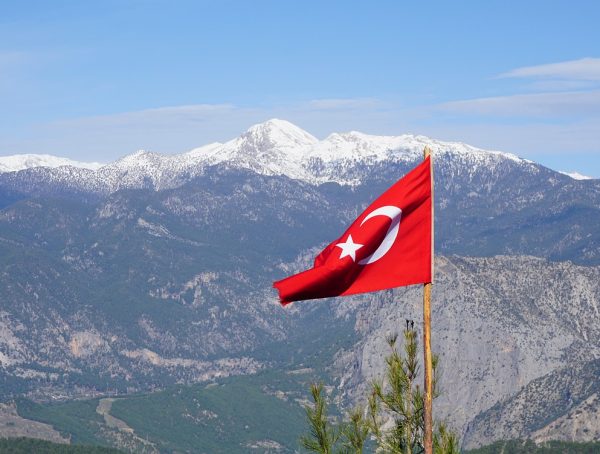Thanks to the internet and social media, putting a protest together and even finding people who will join is easier than ever before. In a 2016 study, researchers José Alberto Simões and Ricardo Campos wanted to explore the relationship of social media and protesters.
Over the past few years, the country of Portugal has seen several protests from young people due to austerity policies. Financial Times says that austerity refers “to official actions taken by the government, during a period of adverse economic conditions, to reduce its budget deficit using a combination of spending cuts or tax rises.” Simões and Campos were able to study a research project that used both an analysis of digital platforms and in-depth interviews.
The research study found that there are six kinds of movements (or “actors”) involved in activism. There is the new anti-austerity social movements, the alter-globalization movements, the new “classical” social movements, the “radical” movements, the movements linked directly to digital activism, and the traditional political actors.
The researchers also found that some of the benefits of the internet and social media to the protestor include the following: It can reach so many people; it can give anybody a voice; it can generate discourse, both good and bad; and it can find others who agree with you.
They determined eight different dimensions of the internet and social media: debate and reflection, organization and logistics, mobilization, communication, recruitment, advertising and public representation of the collective, social networks of people, and events.
Finally, it was found that Facebook was the most used social media for protesters. This was due to how quickly and easy information can be spread, the platform being easy to use, and the versatility of the platform. On the other hand, social media platform Twitter was used very little.
In conclusion, the power of the internet and social media for the protester will only strengthen. Through social media websites, young people can find communities where they are free to share their thoughts and connect with others who think like them. If one believes injustice is occurring and wants publicly fight it, the internet and social media are their new tools in the fight.
To read the full text of this study:
Alberto Simões, J., & Campos, R. (2016). Youth, social movements and protest digital networks in a time of crisis. Comunicação, Mídia E Consumo, 13(38), 126-145.








